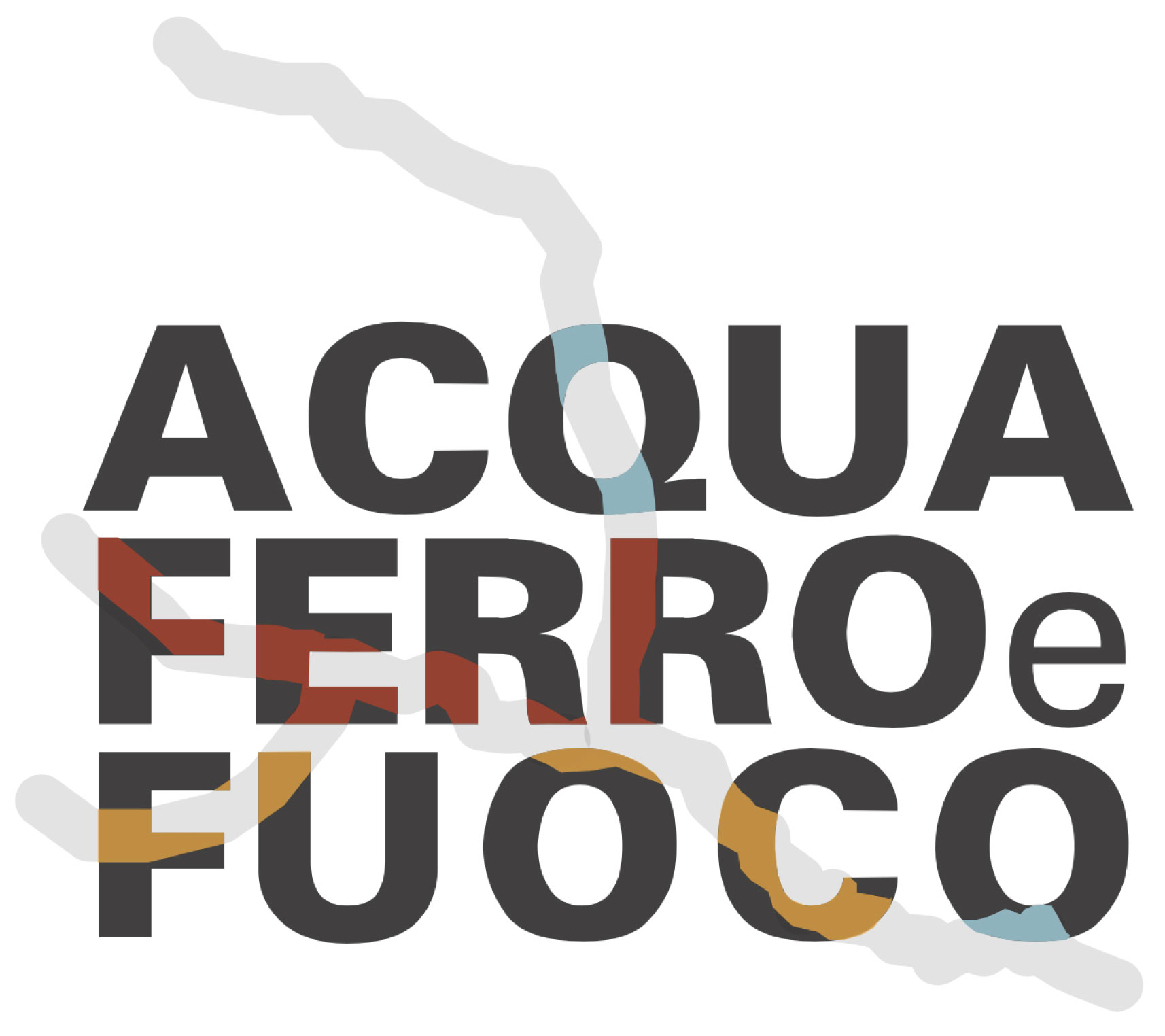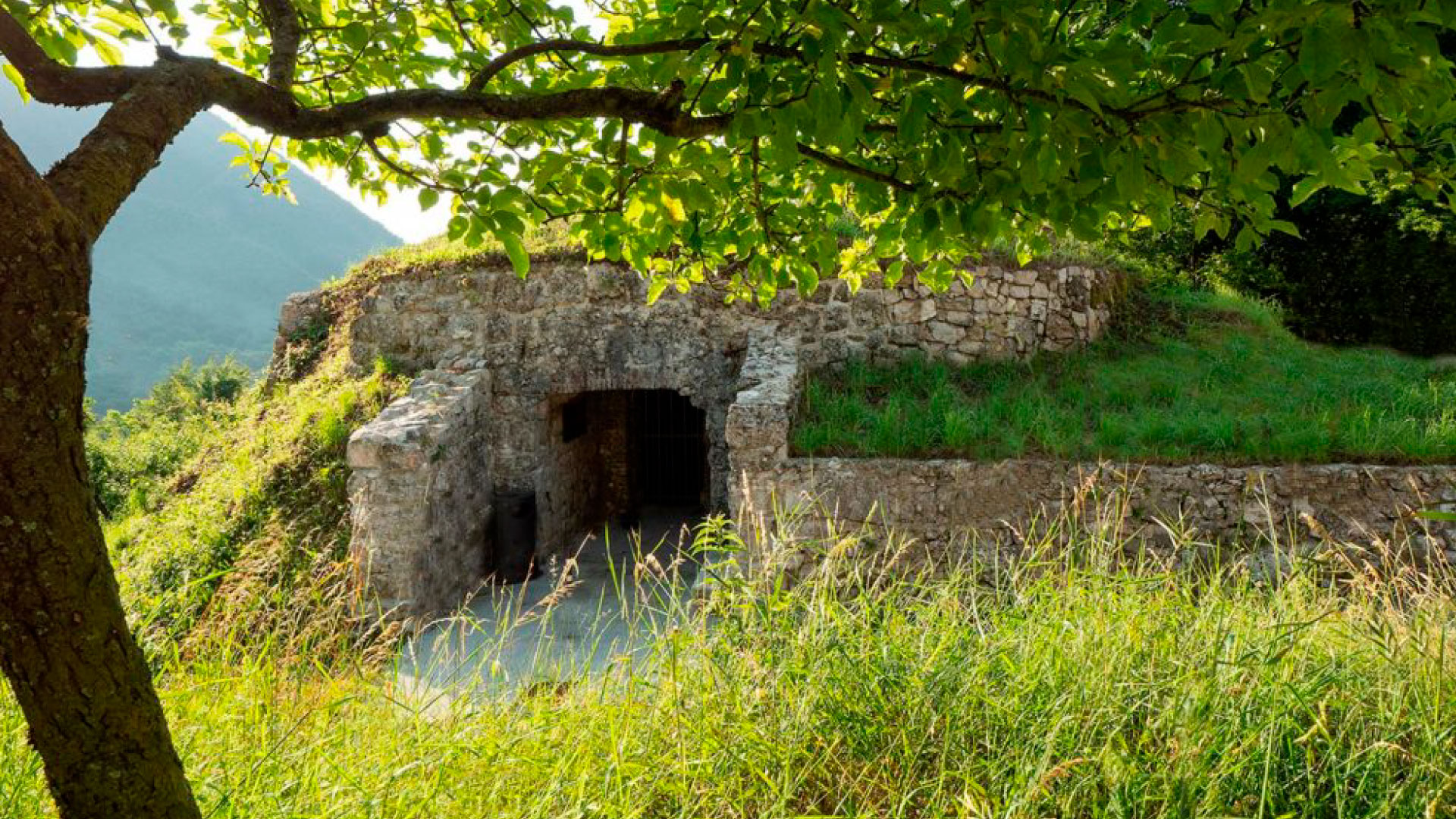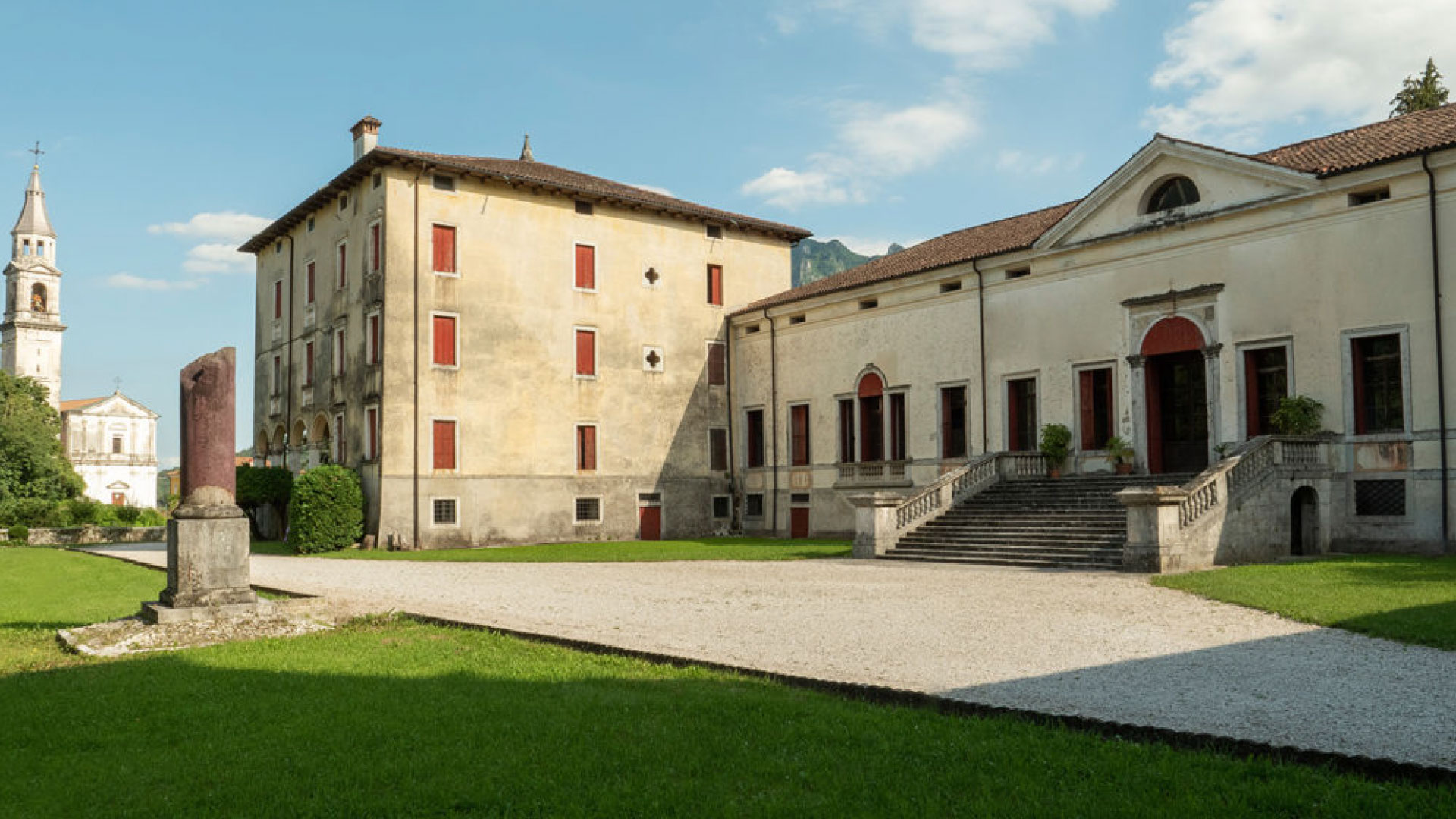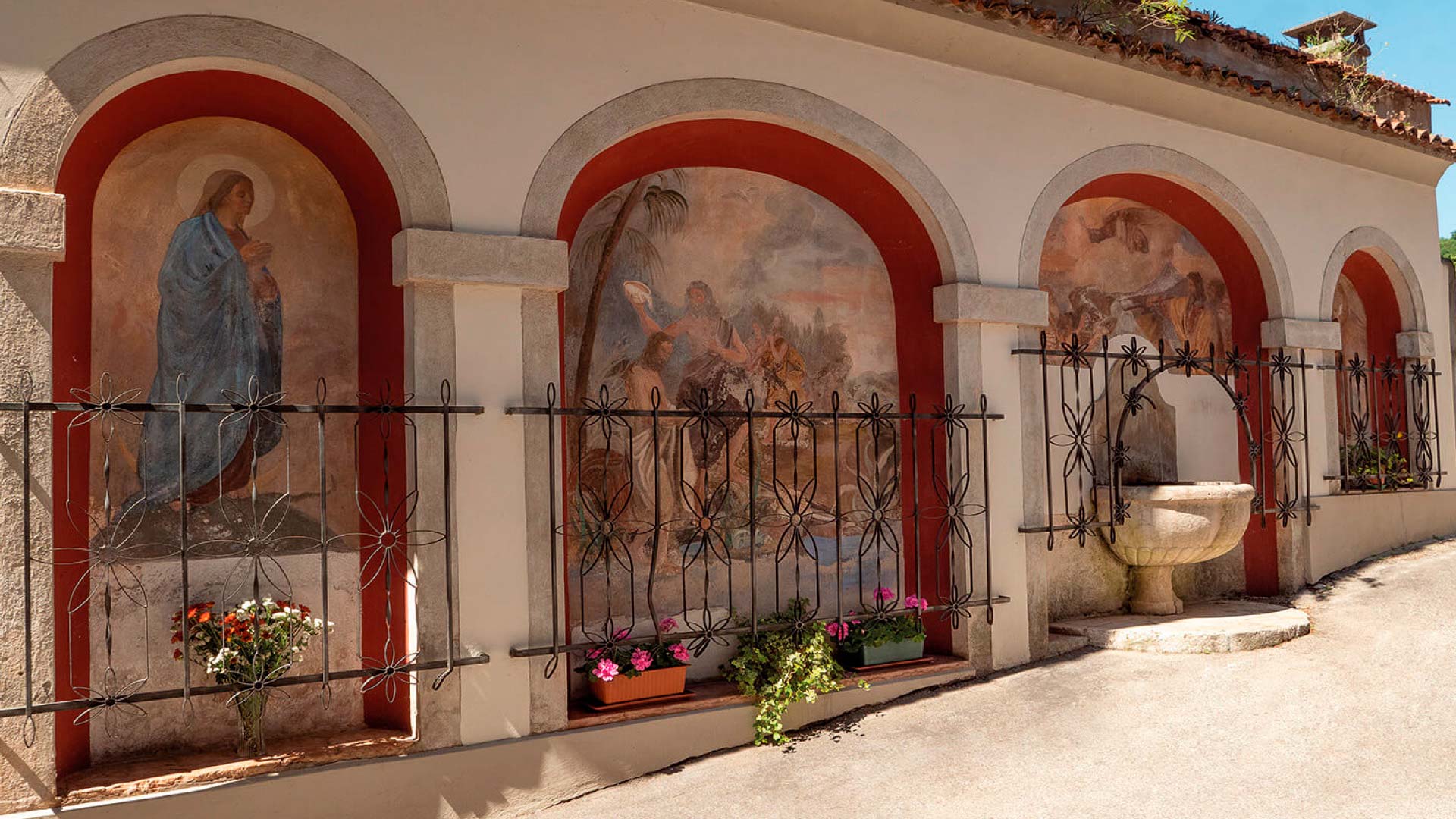“The village of Arsiero lies twenty miles from Vicenza and about eleven from Schio. It existed in 975, the first mention I found of it in old documents (…). The district of this village encompasses mountains, mounts, hills and hillocks, and part of it is plains. (…) One advantage is its sources of most excellent water. (…) Two rivers flow through this village, the Astico and the Posina, both teeming with superior quality trout and bullhead. There are two other rivers, smaller than the aforesaid ones, and they are named the Tovo and the Val di Rio Freddo, after the eponymous valleys. They begin in the aforementioned mountains and both drain into the River Posina. Although these waters are a danger, especially in rainy times, they also bring a great advantage, for with their means this village powers three papermills, sixteen mill wheels, one fulling mill, and three iron hammer mills.”
This brief extract from “History of Vicenza and its Surroundings”, a well-known work by Gaetano Maccà, describes Arsiero and its local area in 1814. In few words, it depicts a mountainous area and reveals the element that would bring fortune to Arsiero during its industrial revolution, taking the village from just over 1,000 inhabitants in the mid-1500s to the peak of its population, 5,336 in 1911. This element was water; it was abundant and came from the purest springs. Favourable natural conditions combining water, a temperate climate, and a wealth of timber, namely poplars and firs from the nearby Asiago plateau, led to the opening of the first papermills in the late 1500s. These developments started Arsiero on its path towards industrial success, the culmination of which was during the late 1800s, when Cartiera Rossi became the province’s most important papermill. There were also other pre-industrial activities that exploited the wealth of local natural resources, as testified by the numerous hammer mills, looms, watermills and sawmills.
Although Arsiero was writing local history with its industrial growth and social progress, the results of the factory-community model, and a network of worker-centric provisions and institutions introduced by Francesco Rossi, the Great War began writing its sorrowful chapter of Italian and European history. During the Strafexpedition, the Austrians breached the first line of defences on the Astico and Posina front, taking the Tonezza and Asiago plateaus. As a result, Arsiero was under Austrian occupation for 29 days, between 28 May and 25 June 1916. Throughout the war, Arsiero was a key strategic military outpost, providing logistical support to front-line troops, mainly with its railway, which proved vital for transporting troops, war materials and food. Tales of exodus and refugees have left their scars on Arsiero, as have two monuments: Campomolon, an unfinished fort, and the Monumental Military Cemetery, where the remains of 403 Italians and 726 unknown Austrians are buried, including the corpses from Monte Caviojo’s two war cemeteries, the largest of which has recently been cleaned up and its memory restored for all.
Sources: Arsiero, panorama storico, Angelo Busato, Tipolitografia G. Fuga e Figli, 1993.
Mercanti, pionieri e capitani d’industria, di G.L. Fontana, Ed. Neri Pozza, 1993.













